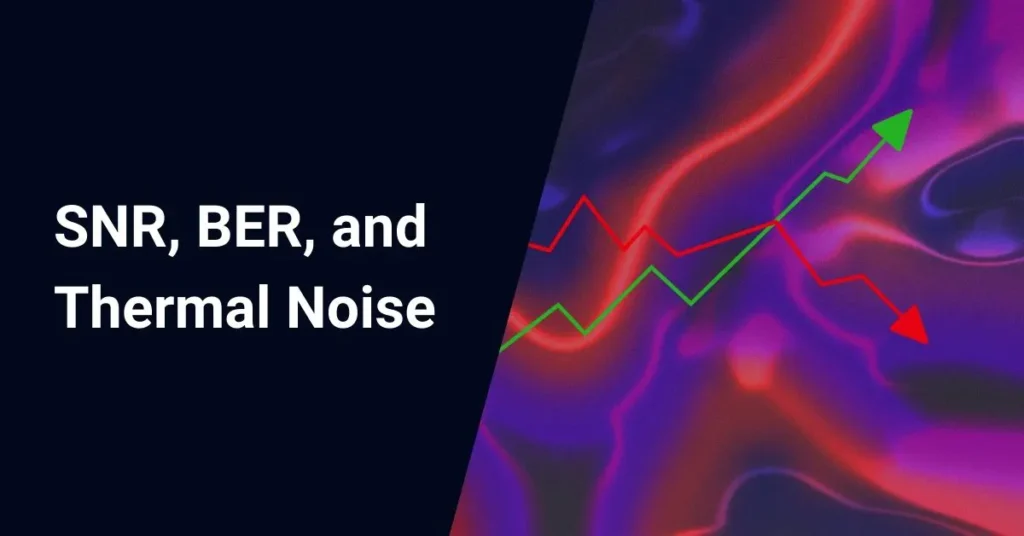This laser linewidth calculator helps you estimate the linewidth (Δν) of your laser system and, if a fundamental wavelength (λ₀) is provided, the corresponding wavelength bandwidth (Δλ). Linewidth refers to the natural spread of frequencies in a laser beam, impacting factors like coherence length and spectral purity.
Input Fields:
- Laser Frequency (ν): Enter the frequency of your laser in units like MHz, GHz, or THz. This value is typically found in the laser specifications or measured using a frequency counter.
- Cavity Linewidth (Γ): This represents the inherent linewidth of your laser cavity, also measured in frequency units. It’s often provided by the laser manufacturer or can be determined through advanced characterization techniques.
- Power (P): Input the laser power in units like mW, kW, or GW. This value can be measured using a power meter. Power can influence linewidth through various mechanisms depending on the specific laser type.
- Fundamental Wavelength (λ₀) (optional): If you know the fundamental wavelength of your laser light (e.g., from its operating principle or specifications), enter it in units like micrometers (µm) or nanometers (nm). This allows the calculator to estimate the corresponding wavelength bandwidth.
How to Use the Calculator:
- Enter the values for Laser Frequency (ν), Cavity Linewidth (Γ), and Power (P).
- If you know the Fundamental Wavelength (λ₀), enter that value as well.
- Click the Calculate button.
The Underlying Formula:
The calculator employs a simplified model for linewidth estimation based on the Schawlow-Townes formula:
\(Δν\approx\left(\frac{αhν^2}{\left(8\pi Pτ_p\right)}\right)+Γ^2\)
Where:
- Δν is the linewidth
- α is the phenomenological linewidth coefficient (material and cavity dependent)
- h is Planck’s constant
- ν is the laser frequency
- P is the laser power
- τ_p is the photon lifetime in the cavity
- Γ is the cavity linewidth
Additional Notes:
- This calculator provides an approximate value. Advanced spectroscopic techniques are recommended for highly accurate linewidth measurements.
- The actual linewidth behavior can be more complex depending on factors like laser type, operating conditions, and nonlinearities.
This calculator equips you with a basic tool to estimate laser linewidth and empowers you to explore the characteristics of your laser system.




